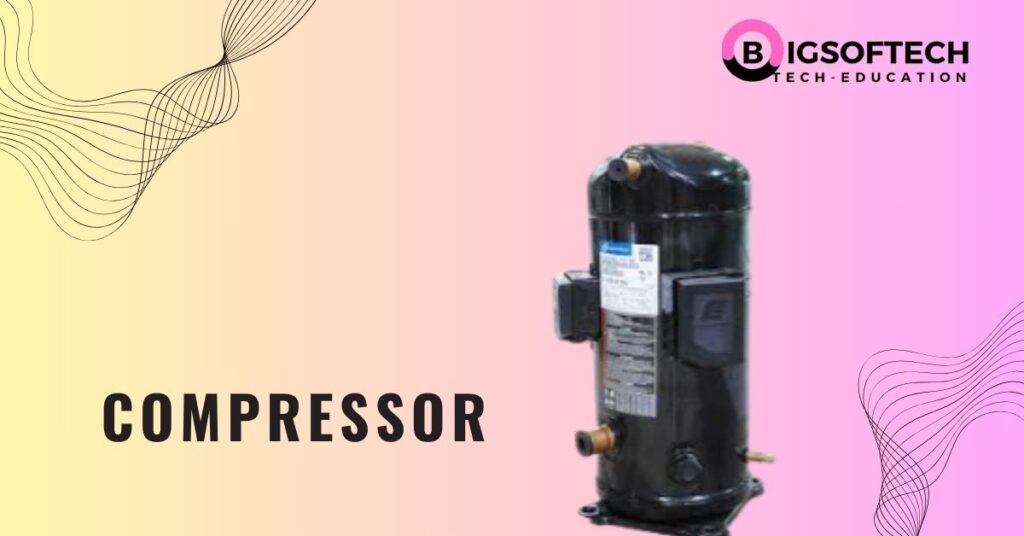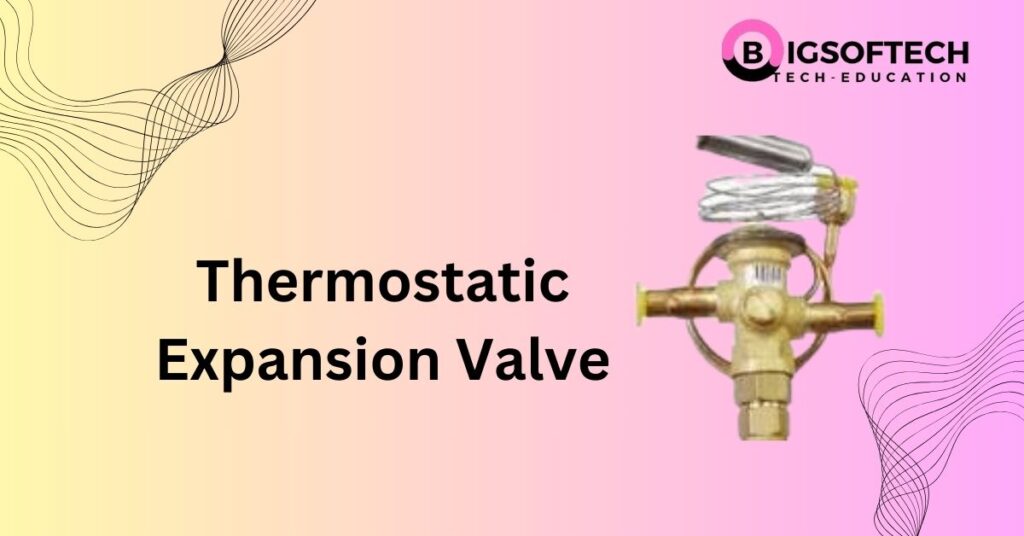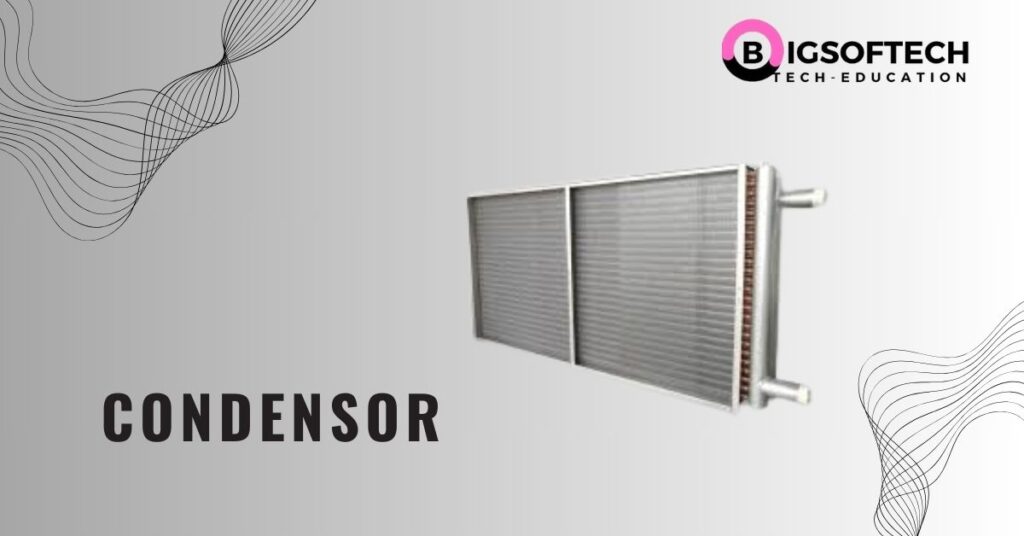The evaporator is one of the essential components of refrigeration systems, and plays a crucial role in maintaining the cooling process. It is also known as a chiller, cooler, or freezer. The evaporator’s primary function is to remove heat from the refrigerant and transfer it to the surrounding environment, thus causing the refrigerant to vaporize. This article will discuss the evaporator’s role, types, working principles, and maintenance practices.
What is an Evaporator?
An evaporator is a heat exchanger component in a refrigeration system that facilitates heat transfer between the refrigerant and the environment. It is usually located downstream from the compressor and the condenser, where the refrigerant has been compressed and condensed, respectively. When the refrigerant enters the evaporator, it is in a low-pressure, low-temperature liquid state, and it absorbs heat from the environment, causing it to evaporate and transform into a gas.
Components of an Evaporator
An evaporator comprises several components that facilitate heat transfer between the refrigerant and the environment. These components include:
- Refrigerant inlet and outlet
- Evaporator housing
- Expansion valve
- Capillary tube
- Fins or tubes
- Drain pan
Types of Evaporator
There are four main types of evaporators used in refrigeration systems, and they include:
Bare-tube evaporator
A bare-tube evaporator is a type of evaporator that consists of a series of tubes arranged in a bundle. These tubes are typically made of copper, aluminum, or steel and are left exposed to the surrounding environment. The bare-tube design allows for a high heat transfer rate, making it an ideal choice for applications that require rapid cooling.
A bare-tube evaporator is commonly used in air conditioning systems, refrigerators, and heat pumps. They are also widely used in the food and beverage industry for chilling and freezing applications. However, because the tubes are exposed to the environment, they are prone to corrosion and require regular maintenance to prevent clogging and reduce the risk of leaks.
One of the advantages of bare-tube evaporators is their simplicity, which makes them easy to manufacture and install. They also have a relatively low cost compared to other types of evaporators. However, their efficiency is lower compared to other types of evaporators, such as plate and finned evaporators.
To improve the performance of a bare-tube evaporator, it is important to ensure proper fluid flow and refrigerant distribution. The use of additives and anti-corrosion agents can also help prevent corrosion and improve the evaporator’s lifespan.
Plate-Type Evaporator
A plate evaporator is also known as a plate heat exchanger. It is a type of evaporator that consists of a series of plates that are arranged in a parallel pattern. The plates are typically made of stainless steel or other corrosion-resistant materials. They have a large surface area, which facilitates efficient heat transfer.
Plate evaporators are commonly used in the food and beverage industry for pasteurization, sterilization, and cooling applications. They are also used in refrigeration systems and air conditioning units.
Benefits of Plate-Types Evaporator
One of the advantages of plate evaporators is their high heat transfer coefficient, which allows for efficient heat transfer and rapid cooling. They are also compact and easy to clean, which makes them a popular choice in the food and beverage industry, where hygiene is critical. Plate evaporators are also highly customizable, with various plate sizes and configurations available to suit different applications.
However, plate evaporators are more expensive compared to other types of evaporators, such as bare-tube evaporators. They also require more maintenance, as the small gaps between the plates can become clogged with debris and other contaminants, reducing their efficiency.
To improve the performance of a plate-type evaporator is important to ensure proper fluid flow and temperature control. Regular maintenance, such as cleaning and inspecting the plates for damage, can also help prolong their lifespan and ensure optimal system performance.
Finned-Type Evaporator
A finned evaporator is a type of evaporator that consists of a series of tubes with fins attached to their outer surfaces. The fins increase the surface area of the tubes, which allows for efficient heat transfer and rapid cooling.
Finned evaporators are commonly used in air conditioning systems, refrigerators, and heat pumps. They are also widely used in the food and beverage industry for chilling and freezing applications. However, their efficiency is lower compared to plate evaporators.
One of the advantages of finned evaporators is their compact design, which makes them easy to install in tight spaces. They also have higher efficiency compared to bare-tube evaporators, as the fins increase the surface area of the tubes and enhance heat transfer. However, their efficiency is lower compared to plate evaporators.
Finned evaporators are available in different configurations, such as spiral, straight, and L-shaped designs. They can also be made of different materials, such as aluminum, copper, and steel.
To improve the performance of a finned evaporator, it is important to ensure proper airflow and refrigerant distribution. The fins should also be regularly cleaned to prevent clogging and maintain optimal heat transfer.
Overall, finned evaporators are a common and reliable type of evaporator used in various refrigeration and cooling applications. They are less expensive compared to plate evaporators, and their compact design makes them easy to install. However, their efficiency is lower compared to plate evaporators, and they require regular maintenance to prevent clogging and reduce the risk of leaks.
Shell and tube evaporator
A shell-and-tube evaporator is a type of heat exchanger used in refrigeration systems, particularly in large industrial applications. It consists of a cylindrical shell with a bundle of tubes running through it. The refrigerant flows through the tubes while the secondary fluid, typically water, flows through the shell.
The working principle of a shell and tube evaporator is similar to that of other types of evaporators. The refrigerant is boiled in the tubes, which are surrounded by the secondary fluid. As the refrigerant evaporates, it absorbs heat from the secondary fluid, cooling it down. The refrigerant vapor then passes out of the evaporator and into the compressor, where it is compressed and sent to the condenser.
Shell and tube evaporator is typically used in applications where large amounts of heat need to be transferred. They are also well-suited for handling fluids that are prone to fouling or corrosion, as the tubes can be easily replaced if needed.
One of the key advantages of shell and tube an evaporator is its high efficiency. The large surface area of the tubes allows for efficient heat transfer between the refrigerant and the secondary fluid, resulting in a high coefficient of performance (COP). Additionally, the shell and tube design allows for easy maintenance and cleaning, as the tubes can be removed and replaced as needed.
However, there are also some disadvantages to using a shell and tube evaporator. One is the size of the unit, which can be quite large and may require a significant amount of space. Additionally, the initial cost of a shell and tube evaporator can be higher than other types of evaporators.
Working Principle of an Evaporator
The working principle of an evaporator is based on the heat transfer process, which involves the transfer of thermal energy from one substance to another. In an evaporator, this process is used to convert a liquid into a gas or vapor.
When a liquid is heated, its temperature increases, causing some of the molecules to gain enough energy to break free from the surface and become a gas or vapor. This process is known as evaporation. The amount of heat required to convert a liquid into a gas or vapor is called the heat of vaporization.
In an evaporator, the liquid to be evaporated is typically fed into a chamber or container where it is heated by a heat source, such as a heating coil or steam. As the liquid is heated, it begins to evaporate, and the resulting gas or vapor is removed from the chamber or container.
The gas or vapor produced by the evaporator can then be condensed back into a liquid by a separate condenser, which removes the heat from the gas or vapor and causes it to liquefy. The resulting liquid can then be collected and used as needed.
The efficiency of an evaporator is determined by several factors. Such as the heat transfer coefficient, the flow rate of the liquid, and the temperature difference between the liquid and the heating source. Evaporators can be designed in various configurations. Such as plate, finned, or bare-tube designs, depending on the specific application and requirements.
Maintenance Practices for Evaporator
1. Regular Cleaning:
It is important to regularly clean the evaporator to prevent the buildup of dirt, dust, and other debris, which can reduce the efficiency of the unit. This can be done by using a soft brush or cloth to remove any loose debris, followed by a thorough cleaning with a mild detergent and water solution.
2. Inspect for Leaks:
It is important to inspect the evaporator for leaks on a regular basis. As even small leaks can result in the loss of refrigerant and reduced efficiency. Leaks can be detected by using a leak detection tool or by visually inspecting the unit for signs of oil or refrigerant stains.
3. Check for Proper Refrigerant Levels:
It is important to ensure that the evaporator is operating with the proper refrigerant levels. As low refrigerant levels can cause the unit to operate inefficiently or even fail. This can be done by checking the pressure and temperature readings of the unit and comparing them to the manufacturer’s specifications.
4. Lubricate Moving Parts:
The moving parts of the evaporator, such as the fan and motor, should be regularly lubricated to ensure smooth operation and reduce wear and tear on the unit. This can be done by applying a small amount of lubricant to the moving parts as recommended by the manufacturer.
5. Check Electrical Connections:
The electrical connections of the evaporator should be checked regularly to ensure that they are tight and free from corrosion or other damage. Loose or corroded connections can result in reduced efficiency or even failure of the unit.
Conclusion
In summary, the evaporator is a critical component in a refrigeration system. It facilitates heat transfer between the refrigerant and the environment. Understanding the types and working principles of evaporators can help in selecting the appropriate one for specific applications. Regular maintenance practices such as cleaning and checking for refrigerant leaks can improve the evaporator’s




